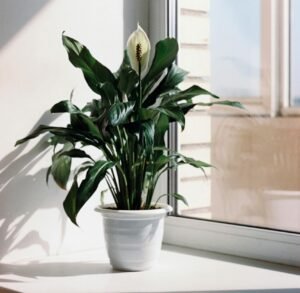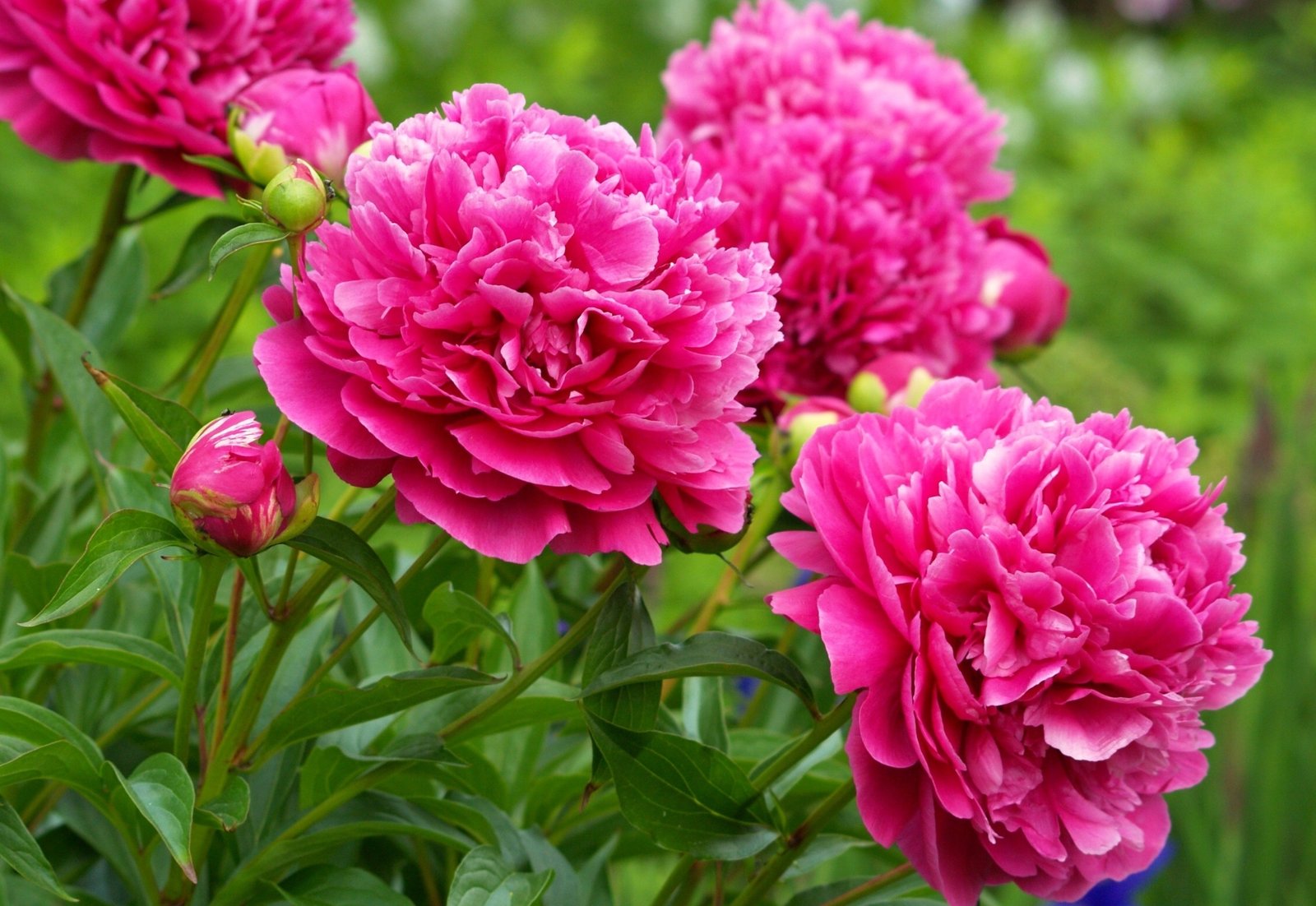Calla Lily Care Made Easy | Tips for Healthy Blooms
Calla lilies are known for their elegant, trumpet-shaped blooms and vibrant colors, making them a favorite choice for both gardens and indoor décor. However, their beauty often comes with the misconception that they’re hard to maintain.
The good news is that with the right care, calla lilies can thrive and reward you with stunning blooms year after year. Whether you’re a seasoned gardener or a beginner, nurturing these gorgeous plants doesn’t have to be complicated.
In this guide, we’ll break down the essential steps to ensure your calla lilies stay healthy and vibrant. From choosing the right soil and watering routine to feeding and seasonal care, you’ll learn everything you need to make your calla lilies flourish effortlessly.
Understanding Calla Lilies
Origin and Symbolism
Calla lilies (Zantedeschia species) are native to South Africa, where they grow naturally in marshy areas. These plants are not true lilies but are part of the Araceae family. Their name originates from the Greek word “calla,” meaning beautiful, which perfectly describes their stunning blooms.
Beyond their aesthetic appeal, calla lilies carry significant symbolic meanings. White varieties are associated with purity and innocence, making them popular at weddings. Other colors, like pink and red, symbolize love and passion, while yellow signifies gratitude.
Popular Varieties
Calla lilies come in a wide range of colors, including:
- Classic White (Zantedeschia aethiopica): The most recognizable and traditional variety.
- Pink Calla Lilies: Perfect for adding a touch of romance.
- Yellow Calla Lilies: Known for their cheerful and sunny appearance.
- Purple and Black Varieties: Ideal for creating dramatic and sophisticated arrangements.
Each variety has its unique charm, but all share similar care requirements, making them versatile for gardens, containers, or indoor displays.
Planting Calla Lilies
Choosing the Right Location
Calla lilies thrive in areas with warm, humid climates. For outdoor planting:
- Light: Provide full sun to partial shade. In hotter climates, partial shade prevents sunburn.
- Temperature: Ideal growing temperatures range from 60–75°F (15–24°C). They can tolerate brief periods of heat but are not frost-hardy.
For indoor planting:
- Light: Place calla lilies near a bright window with indirect sunlight. Avoid direct sunlight, which can scorch leaves.
- Temperature: Maintain consistent indoor temperatures between 65–75°F (18–24°C).
Soil Preparation
Healthy soil is the foundation for thriving calla lilies. Use soil that is:
- Well-Draining: Prevents water from pooling, which can lead to root rot.
- Nutrient-Rich: Incorporate organic compost or well-rotted manure to provide essential nutrients.
- Slightly Acidic to Neutral: A pH level between 6.0–7.0 is ideal.
How to Plant Calla Lilies
- For Bulbs:
- Plant bulbs 3–4 inches deep with the pointed end facing up.
- Space bulbs 6–12 inches apart to allow for adequate airflow.
- For Potted Plants:
- Use a container with drainage holes.
- Fill with a mix of potting soil and perlite or sand for better aeration.
- Plant the bulb or root system at the same depth as in the garden.
Water thoroughly after planting to help roots establish.
Watering and Feeding Calla Lilies
Watering Requirements
Calla lilies love moist soil, but overwatering is a common mistake. To avoid this:
- Keep soil consistently damp but not soggy.
- Use mulch in outdoor gardens to retain soil moisture.
- Indoors, check the top inch of soil; water when it feels dry.
Fertilizing Tips
Calla lilies are moderate feeders and benefit from regular fertilization.
- Use a balanced fertilizer (10-10-10) every 4–6 weeks during the growing season.
- Stop fertilizing once the plant enters dormancy in late fall or winter.
- Avoid over-fertilization, which can lead to excessive foliage growth with fewer flowers.
Maintaining Healthy Calla Lilies
Pruning and Deadheading
Pruning is essential to maintain plant health and encourage blooms.
- Remove spent flowers (deadheading) to redirect energy into producing new blooms.
- Trim yellowing or damaged leaves to prevent disease.
Pest and Disease Management
- Common Pests: Aphids, spider mites, and slugs are common nuisances. Use neem oil or insecticidal soap for small pests and beer traps for slugs.
- Diseases: Root rot and botrytis blight are fungal diseases often caused by overwatering or poor air circulation. Prevent these by keeping soil well-draining and plants spaced apart.
Seasonal Care
- Spring and Summer: Actively grow and bloom. Water and fertilize regularly.
- Fall and Winter: Enter dormancy. Reduce watering, stop fertilizing, and allow the foliage to die back naturally.
- Cold Climates: Dig up bulbs before frost. Store in a cool, dry place until spring.
Calla Lilies as Indoor Plants
Calla lilies make excellent houseplants when cared for properly.
Choosing the Right Container
- Select pots with good drainage to prevent waterlogging.
- Opt for containers at least 12 inches deep to accommodate root growth.
Indoor Light and Humidity
- Place pots near east- or west-facing windows for indirect sunlight.
- Maintain humidity by using a pebble tray or misting occasionally.
Repotting Tips
- Repot every 2–3 years to refresh soil and prevent overcrowding.
- Use fresh potting mix and a slightly larger container if needed.
Common Mistakes and How to Avoid Them
- Overwatering: Leads to root rot. Always check soil moisture before watering.
- Planting in Heavy Soil: Use light, well-draining soil to prevent suffocation of roots.
- Ignoring Dormancy: Allow the plant to rest during winter by reducing care.
- Insufficient Light: Ensure adequate light for photosynthesis and flower production.
Frequently Asked Questions (FAQs)
How Long Do Calla Lily Blooms Last?
Calla lily blooms typically last 6–8 weeks during the growing season. Deadheading helps extend blooming time.
Can Calla Lilies Grow in Full Shade?
They tolerate partial shade but require some sunlight for optimal blooming.
What Should I Do If My Calla Lilies Aren’t Blooming?
Ensure proper light, avoid over-fertilization, and check if the plant has had its winter dormancy period.
Are Calla Lilies Toxic to Pets?
Yes, all parts of the plant are toxic if ingested by pets or humans. Keep them out of reach of children and animals.
Short Summary
Calla lilies are stunning plants that, with the right care, can reward you with vibrant blooms and lush foliage year after year. From planting and watering to pest control and seasonal care, each step plays a vital role in ensuring their health and beauty. Whether adorning your garden or gracing your home, calla lilies are a joy to grow and maintain.
Have you tried growing calla lilies? Share your experiences in the comments below! If you found this guide helpful, don’t forget to share it with your gardening community.













